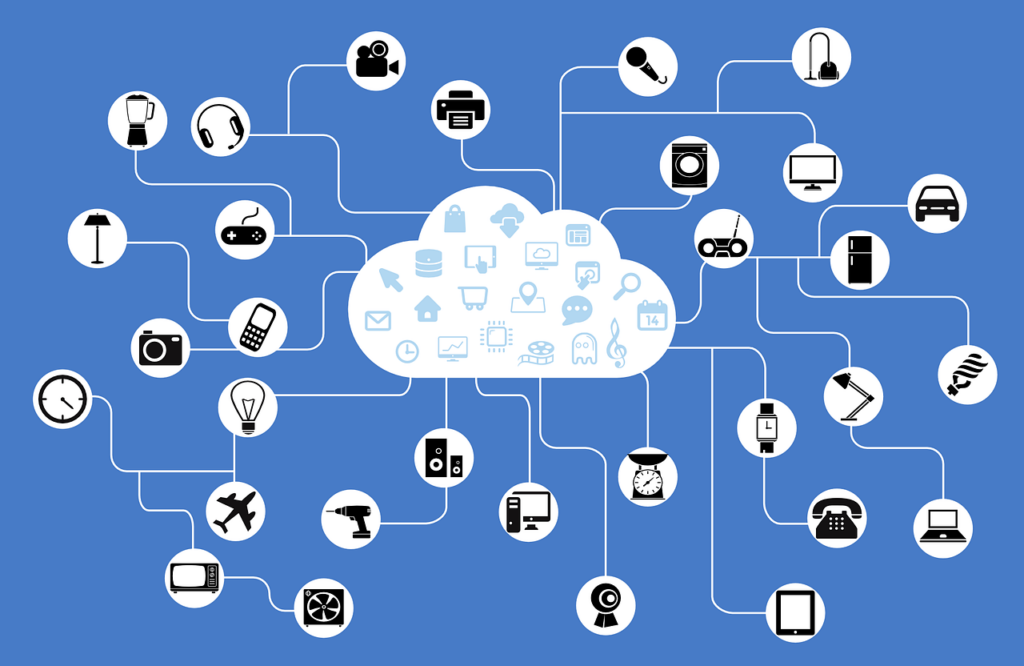The Edge Computing Era

We could define Edge Computing as a computing resource that makes it possible to relate the physical location of the user in a storage space near their devices, in order to transmit a series of data in thousandths of a second, allowing users to obtain faster and more reliable services.
This occurs because it is based on cloud computing (data center that can be accessed from any place and device with an Internet connection) to house all this information, transmit it more quickly and with less demand and cost of broadband. A clear example in your day to day you usually use different applications, one of them could well be your social networks which to enter you must provide your data from your computer or smartphone, which send said information through a connection to contact the nearest server or cloud to access your data, that way with the data obtained you can enter and navigate daily, that’s what edge computing can be summed up.
Now what are the advantages of edge computing?
- Lower network costs, avoid bandwidth restrictions, reduce transmission delays, limit the number of service errors, and better control the transfer of sensitive data.
- Ability to aggregate and analyze large data on-premises, enabling near-immediate decision-making and further reducing the risk of breaching sensitive data by keeping all that computing power in one place.
- By keeping computing power closer to its source, the cost you pay for bandwidth to move data back and forth between regional and central sites is greatly reduced.
Without a doubt, Edge Computing is one of the technologies that will define and revolutionize the way in which humans and devices connect to the Internet, it will also make other technologies such as the cloud or the Internet of Things even better than they are now.





Responses